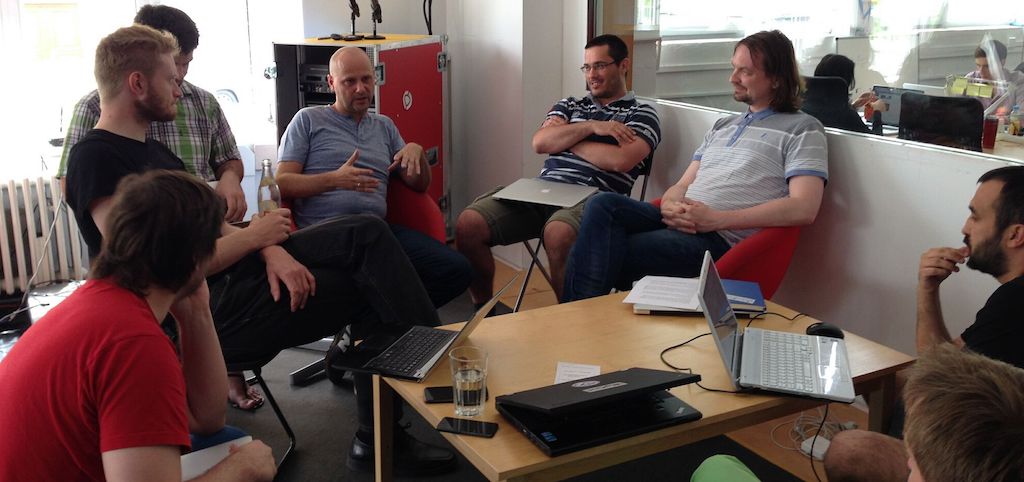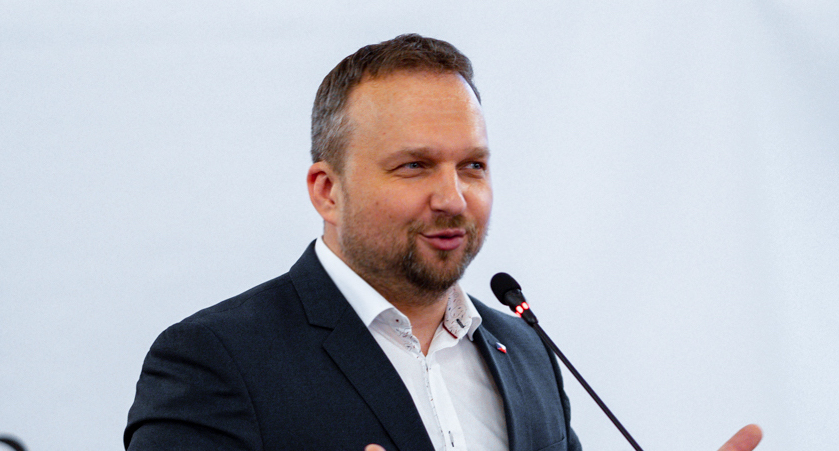
With the publication of the Fit-for-55 package and the Carbon Cycles Communication, the European Union is taking head-on the biggest challenge of our times: setting Europe on track to mitigate climate change. In all recent EU policy tools, Carbon Capture and Utilisation (CCU) is clearly identified as a key pathway to reduce CO2 emissions and move away from fossil resources. Now is the time for going beyond good intentions and transform them into efficient actions
Climate change is happening and Europe must lead
The urgency of climate change needs no further demonstration: it is identified, documented, quantified, as most recently shown by the 2021 IPCC report. And there’s no sugar-coating it: our greenhouse gas (‘GHG’) emissions must drastically decrease now. Our dependency on fossil resources must come to an end. As one of the largest economies in the world and a leader in greentech, Europe has a unique potential and role to play to lead on climate action: it can demonstrate that reaching climate neutrality is possible.
In the Fit-for-55 proposals and the Carbon Cycles Communication, the EU priorities are clear: a) reduce Europe’s GHG emissions b) promote technologies to replace fossil carbon c) upscale carbon removal solutions that capture CO2 from the atmosphere; in short, reduce, reuse, remove.
Reducing emissions at the source is the cheapest and the most efficient solution to mitigate climate change. However, with current infrastructures and technologies, some sectors (e.g. cement, steel, aviation, maritime) will not be able to reduce their emissions fast enough to meet Europe’s climate ambitions. This is where ‘reuse’ and ‘remove’ come into play.
How can we reuse CO2? How can we remove CO2 from the atmosphere? One of the answers is Carbon Capture and Utilisation – or CCU in short.
What is Carbon Capture and Utilisation and where can it help?
CCU is a broad concept that includes all technological and industrial processes that capture CO2 from flue gas or directly from the air and convert it into a wide range of products that can replace fossil-based products for energetic and non-energetic uses. The concept is not new: CO2 has been used in food and feed for decades. But new CCU technologies, developed with the purpose to mitigate climate change, have emerged in recent years and are ready for commercialisation.
Essentially, there are three types of CCU products and services:
- CCU fuels (also referred to as RFNBOs[1]) with at least 70% GHG emission savings compared to conventional fossil fuels that can help road, aviation and maritime transport reach carbon neutrality
- CCU chemicals, which are high value chemicals and polymers based on CO2 as an alternative carbon feedstock
- CCU materials produced via CO2 mineralisation, where CO2 reacts with mineral-rich wastes to form carbonates and is thereby permanently locked into building materials such as concrete, aggregates, asphalt
CCU plays an essential role to cut our dependency on fossil resources and create a carbon neutral industry. CCU technologies:
- could reduce net CO2 emissions with an estimated potentialup to 8 Gt of CO2 utilized per year by 2050[2]this is equivalent to approximately 15% of current global CO2 emissions
- have the technical potential to decouple chemical production from fossil resources, reducing annual GHG emissions by up to 3.5 Gt CO2-eq in 2030[3]
- allow creating negative emissions when CO2 is captured directly from the air and stored permanently via mineralisation into building materials. Current data suggests that up to 25% of the cement market (up to 1 Gt per year) could be substituted by these mineralisation products, decreasing largely the carbon footprint of these materials[4]
- can be implemented without requiring significant modification of existing production, distribution and use infrastructures
- deliver solutions to hard-to-abate sectors, but also generate revenues by producing marketable products
- foster the transition towards more renewable energy with the production of e-fuels to store and transport energy. This will increase the grid flexibility and allow Europe to become more sovereign in energy
Why is it a pivotal moment to build the right policy framework for CCU?
Europe is at a crossroads on climate change policies, and so is CCU. CCU requires the appropriate framework to be deployed in Europe and ensure they deliver their expected impact.
EU leaders are right now discussing how to change the game:
- The revision of the Renewable Energy Directive will frame the incentives for CCU projects to be deployed, e.g. the specific targets on the use of RFNBOs in transport and in the industry by 2030 in the current proposal
- The revision of the Emissions Trading System Directive will condition how CO2 emitters and CO2 users are incentivised to invest into reusing CO2 rather than surrendering ETS allowances
- The new proposals on air and maritime transport will introduce specific targets on GHG emissions reductions and even specific CCU fuels targets, e.g. e-kerosene
- The Energy Taxation Directive will set up the rules for exemptions for CCU products for the years to come
- The Carbon Removal Certification Mechanism can help boosting carbon removals, including via CCU (e.g. direct air capture to mineralisation)
Those legislations are debated right now in the EU Parliament and in the Council of the EU. It is now that EU leaders can make a difference and the right choices to set Europe on track on CO2 valorisation.
For CCU to deliver results, we need EU legislations to follow strict principles:
- Reducing CO2 emissions is and should remain the number one priority in all sectors of society
- All CO2 emissions must be accounted for
- But no CO2 emission should be accounted for twice, as is the case for CCU fuels right now
What can policymakers do to support CCU?
First, EU policymakers should support the latest EU proposals like the Fit-for-55 package and the Carbon Cycles Communication, which all go in the right direction and identify CCU as a tool to mitigate climate change. They can also strengthen measures in those legislations, e.g. by introducing more ambitious targets on the use of CCU fuels and chemicals, or by ensuring the ETS revision gives the right incentives to all stakeholders along the chain to invest in CCU.
Second, they should ensure that CCU is consistently supported in the entire policy framework spectrum, e.g. in the EU Taxonomy for Sustainable Activities, or in the rules for accessing renewable electricity under the Renewable Energy Directive.
Third, they can support financial incentives and enablers towards CCU – by encouraging CCU projects via the EU Innovation Fund.
Finally, national policymakers can amplify EU objectives by adopting specific national legislations to enshrine CCU targets into law and support local CCU projects.
The climate transition is about protecting the environment, changing the economy, and transforming societies. The CCU community stands ready to play its part by contributing to climate neutrality, creating new jobs and building new business models, and helping societies move away from fossil resources.
Our message to EU leaders is clear: help us help you, help us making CCU one of the drivers to put Europe on track for reaching carbon neutrality.

[1] RFNBOs: Renewable Fuels of Non-Biological Origin
[2] Hepburn et al., 2019, doi.org/10.1038/s41586-019-1681-6
[3] Kätelhön et al., 2019, doi.org/10.1073/pnas.1821029116
[4] Ostovari et al., 2020, doi.org/10.1039/D0SE00190B
















